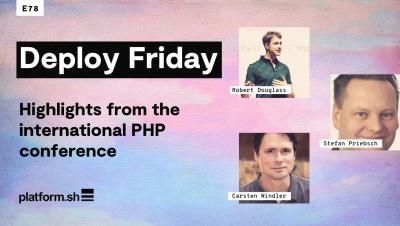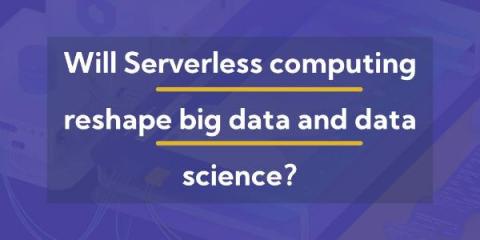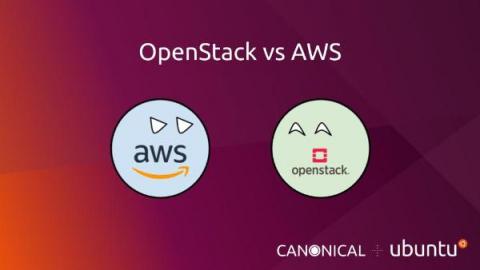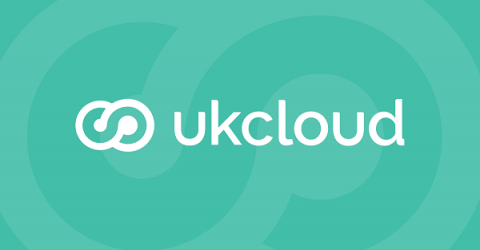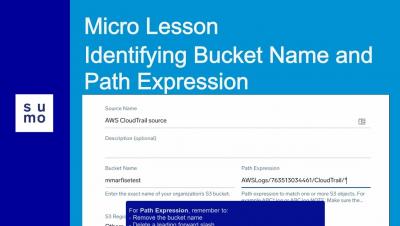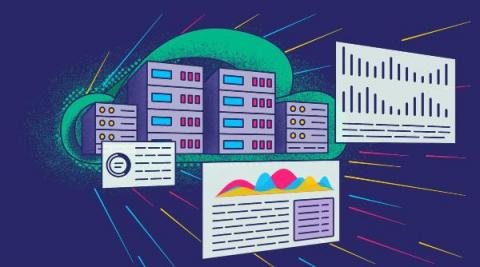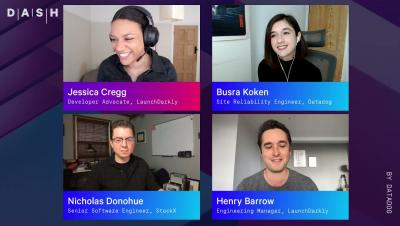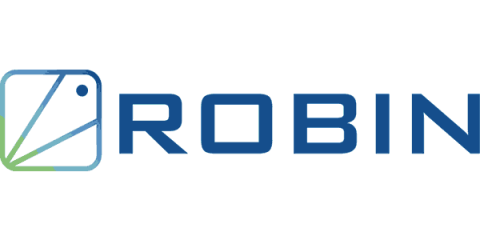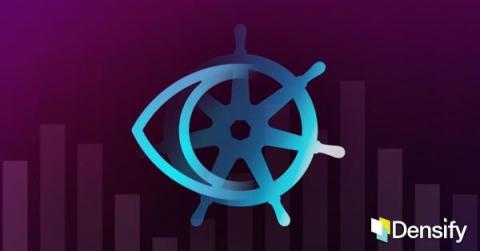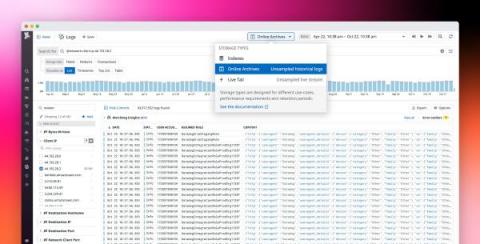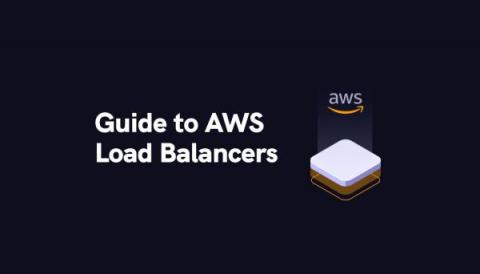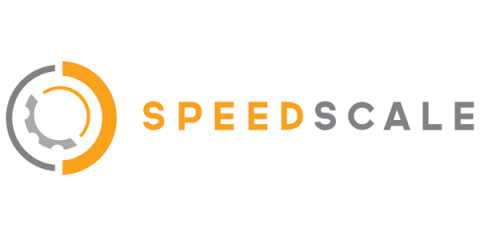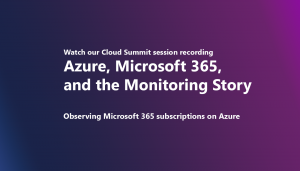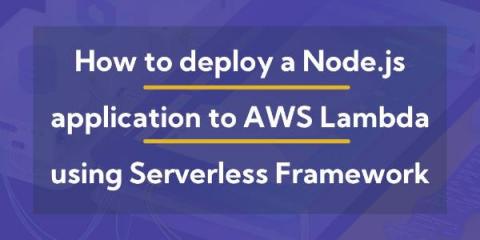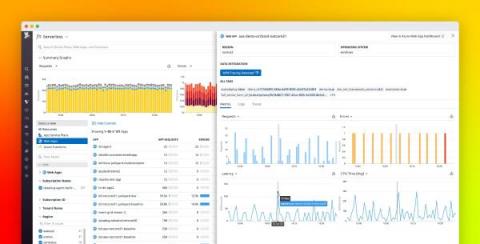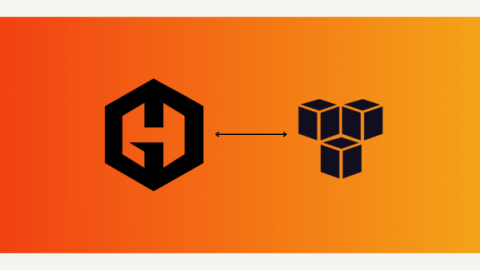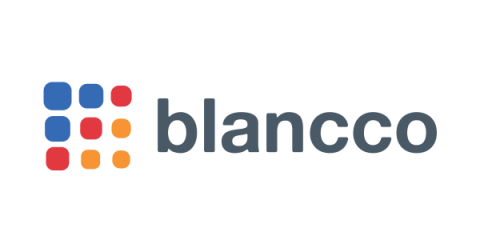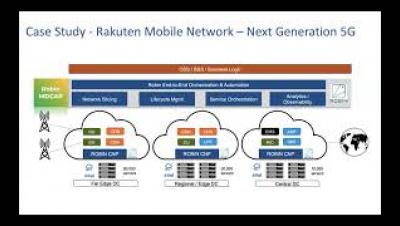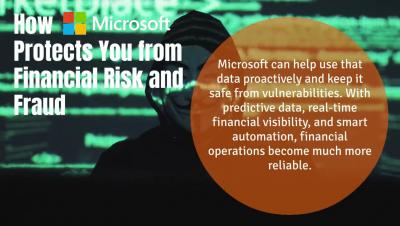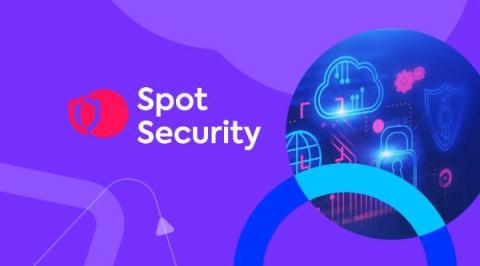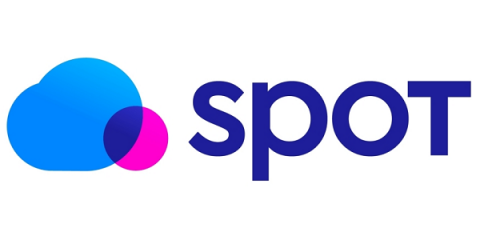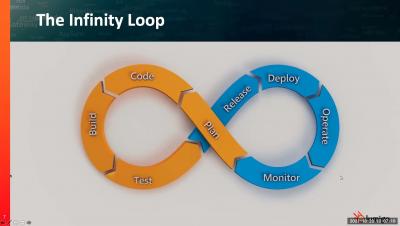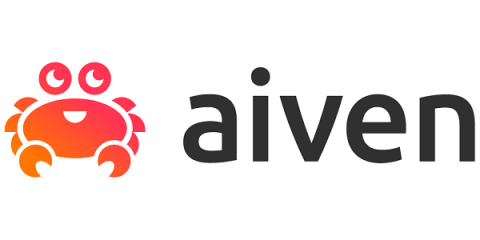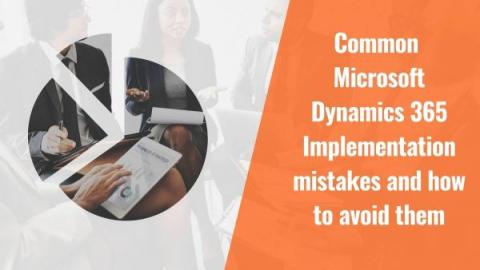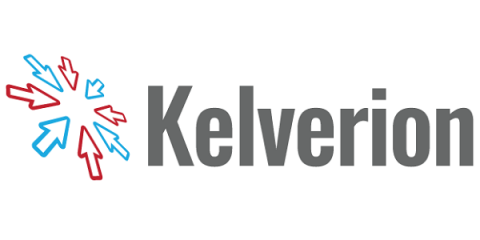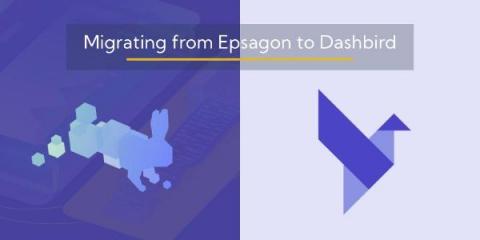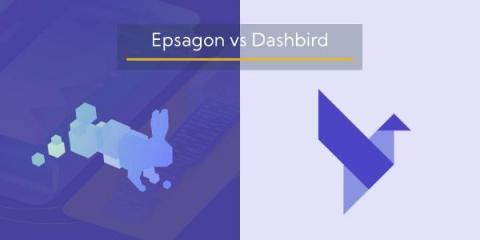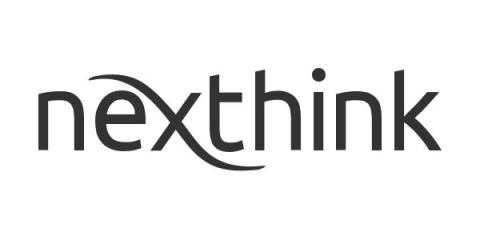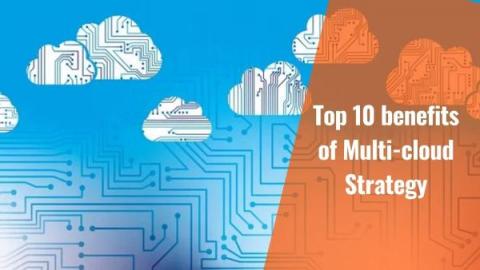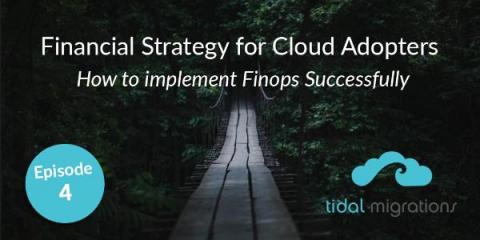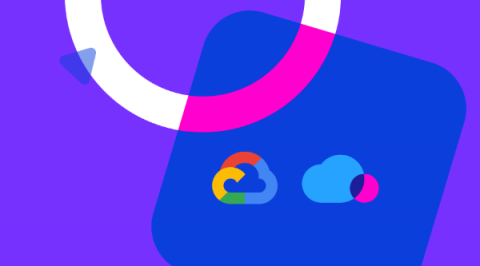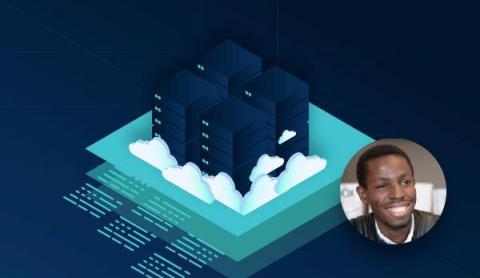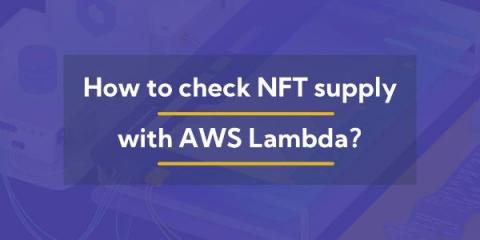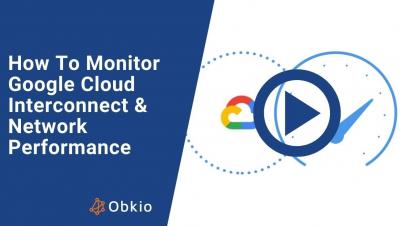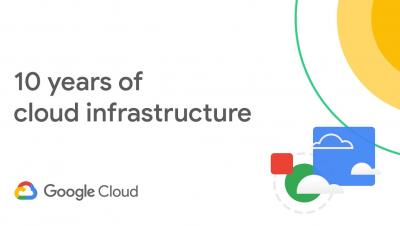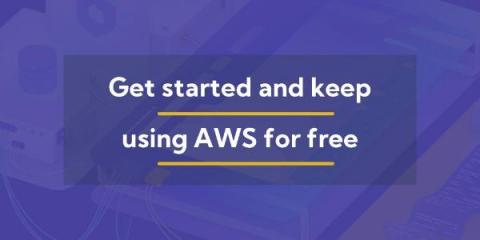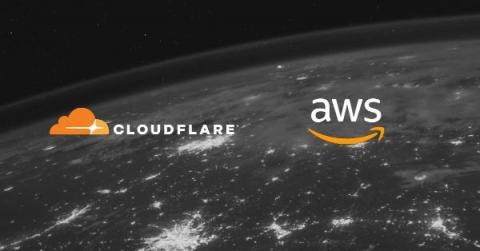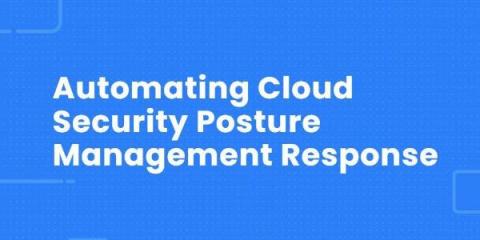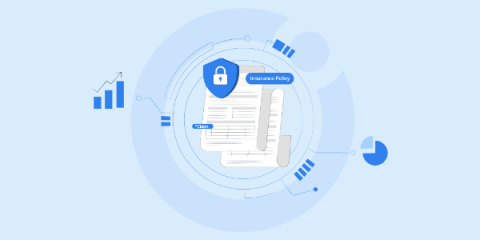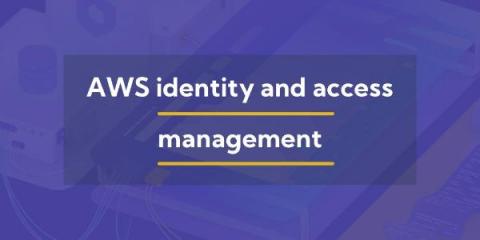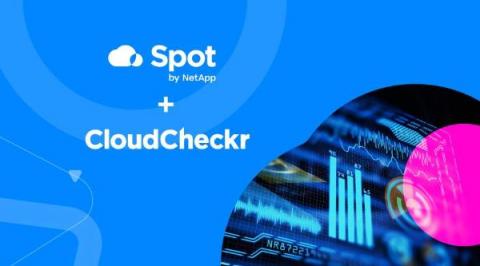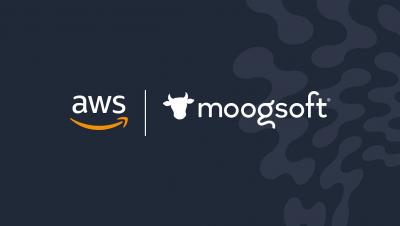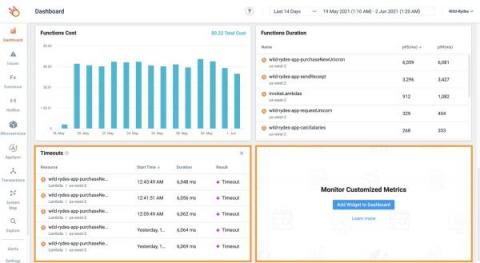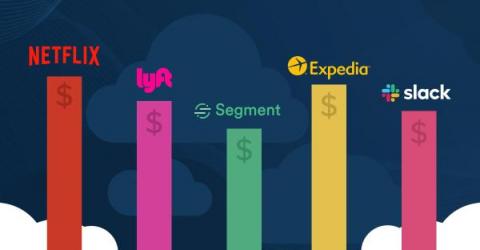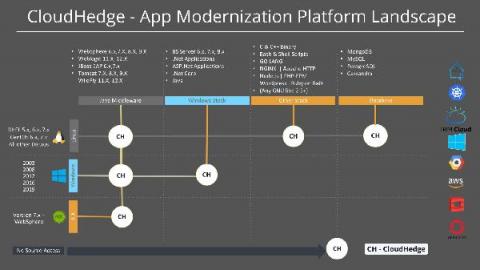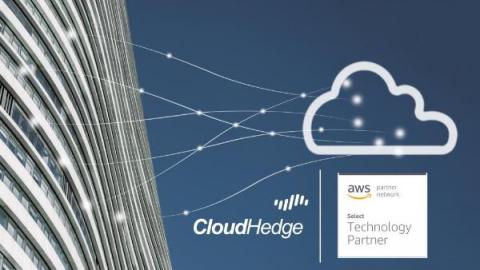Operations | Monitoring | ITSM | DevOps | Cloud
October 2021
Deploy Friday: E78 Highlights from the international PHP conference
What Is AWS Anomaly Detection? (And Is There A Better Option?)
Will Serverless computing reshape big data and data science?
Serverless development has been turning heads in the market for quite some time now. But it has yet to be accepted by the majority in the development community. With AWS Lambda, Azure Functions, and IBM’s Open Whisk, the market is poised to take a different route in this field. Most of these organizations are spending a lot of money to make the market accept this new paradigm using serverless computing.
An Overview of Microsoft Azure Services
Microsoft Azure is the public cloud computing platform by Microsoft which offers software as a service (SaaS), platform as a service (PaaS) and infrastructure as a service (IaaS). It comprises more than 600 cloud services and supports varied operating systems, databases, and developer tools. And, even better, Splunk On-Call integrates with Microsoft Azure to help on-call teams improve incident response for Azure-based environments.
OpenStack vs AWS: which one is better for you?
OpenStack vs AWS is a discussion that almost every organisation must conduct when adopting a cloud strategy. This is because OpenStack and AWS are undoubtedly some of the most popular cloud technologies in both public and private cloud space. While AWS is the most popular commercial cloud platform, OpenStack remains its most popular open source equivalent. Both have their own pros and cons. But which one is better for you?
Create a static version of your blog using WordPress and Gatsby
At FlashDrive.io we use every day and love modern static websites frameworks like Gatsby, Hugo, Jekyll, and more. Gatsby, for its huge community and user base, is the first framework to have a complete build add-on developed on FlashDrive and we love playing with Gatsby every day (some of us are even a little too more invested in the project... we love you E, but get back to work!!). What's also great with Gatsby is that it comes with a large set of plugins to connect with various CMS.
Pulsant Colocation Services
UKCloud selected for Defra E-alliance to promote Net Zero govtech
Identifying Bucket Name and Path Expression
Introducing Cloud Native Observability
The term ‘cloud native’ has become a much-used buzz phrase in the software industry over the last decade. But what does cloud-native mean? The Cloud Native Computing Foundation’s official definition is: From this definition, we can differentiate between cloud-native systems and monoliths which are a single service run on a continuously available server. Like Amazon’s AWS or Google Azure, large cloud providers can run serverless and cloud-native systems.
Roundtable: The Complexities of Cloud Migration - Dash 2021 (Datadog, LaunchDarkly, StockX)
How to do serverless monitoring right #shorts
Robin.io and StorCentric Announce Hyperconverged Cloud-Native Solutions for VM-as-a-Service and Virtual Desktops with Lower Cost, Faster Provisioning Than Public Cloud
Maintaining Operational Sanity Across 100+ AWS Accounts | Eric Mann / Ryan Tomac (Vacasa)
Forecasting Kubernetes Costs
The benefits of containerizing workloads are numerous and proven. But, during infrastructure transformations, organizations are experiencing common, consistent challenges that interfere with accurately forecasting the costs for hosting workloads in Kubernetes. Planning the proper reservations for CPU and memory before migrating to containers is a persistent issue Densify observes across our customers.
Historical log analysis and investigation with Online Archives
To have full visibility into modern cloud environments, businesses need to collect an ever-growing avalanche of log data from a range of highly complex data sources. Indexing logs is key for real-time monitoring and troubleshooting, but it can quickly become expensive at high volumes, meaning that organizations often must choose which logs to index and which to archive.
Differences between Site Reliability Engineer Vs. Software Engineer Vs. Cloud Engineer Vs. DevOps Engineer
Full Circle: From Puppet to Google and Back Again
Guide To AWS Load Balancers
The AWS Elastic Load Balancing (ELB) automatically distributes your incoming application traffic across multiple targets, such as EC2 instances, containers, and IP addresses, in one or more Availability Zones, ultimately increasing the availability and fault tolerance of your applications. In other words, ELB, as its name implies, is responsible for distributing frontend traffic to backend servers in a balanced manner.
How to Manage an ETL Data Migration Into the Cloud
Top six Amazon S3 metrics to monitor
Cloud Testing at Facebook
At Speedscale, we are on the cutting edge of defining autonomous testing for the cloud era. However, we aren’t the only company trying to solve this problem and we enjoy learning from every perspective. That’s why Facebook’s recent blog article about autonomous testing caught my eye. They’ve built a sophisticated autonomous test system that introduces many of the same techniques we utilize.
CI/CD optimized for AWS
AppDynamics is now available in Microsoft Azure Spring Cloud
We're pleased to announce that our customers can now turn on full-stack observability across their services and workloads deployed on Azure Spring Cloud.
10 CTO Tools Every Tech Leader Should Be Using
Do You Know What's Keeping Your Cloud Team up at Night?
Cloud teams are busy. In fact, Virtana’s recently published State of Hybrid Cloud and FinOps survey found that 44% of respondents have deployed more than half of their workloads in a public cloud, and 88% have deployed more than one-quarter of their workloads in a public cloud. That’s a lot of migration, optimization, and management on the cloud team’s plate; and it’s not just for right now but for the foreseeable future.
Ways to Empower Your Enterprise with Automation
In the context of enterprise process automation, technology is used to automate operations, thus improving efficiency and achieving corporate objectives. Processes are defined as the actions and activities that bring your company closer to achieving a specific goal. By automating routine tasks using software solutions, you may save operational expenses while also decreasing the amount of time it takes to complete tasks.
The Cloud Computing Ads in Sports Games Are Out of Control
With baseball, hockey and football seasons in full swing, a different sort of sport is playing out among the world’s largest technology companies. Amazon.com Inc., Google and Microsoft Corp. are pouring tons of money into promoting their cloud computing products during television’s premier athletic events.
Deploy Friday: E77 Simplifying local development with Lando
Azure, Microsoft 365, and the Monitoring Story
Learn how to make the Azure Monitor a valuable tool to monitor your Microsoft 365 subscription, including services such as Exchange, SharePoint, Teams, OneDrive, and more. See how the Metric Explorer in Azure Monitor will work for you, including addressing custom metrics quickly. Understand how to display Log Analytics metric data in PowerBI Reports and Azure Monitor Workbooks. Join this educative and fun session about Azure and Microsoft 365, united into one magnificent monitoring solution.
What's new for monitoring and telemetry
How to deploy a Node.js application to AWS Lambda using Serverless Framework
Being a developer is awesome. Writing code, solving problems, and thinking of ingenious solutions for complicated algorithms is what we live for. But, the grass is not always so green on this side of the fence. Sooner or later, you need to get your hands dirty and deploy the app you worked so hard on. Deployments are not always easy. To be blunt, they can be challenging and time-consuming. That’s what we’ll solve in this tutorial.
Explore Azure App Service with the Datadog Serverless view
Azure App Service is a platform-as-a-service (PaaS) offering for deploying applications to the cloud without worrying about infrastructure. App Service’s “serverless” approach removes the need to provision or manage the servers that run your applications, which provides flexibility, scalability, and ease of use. However, App Service also introduces infrastructure-like considerations that can impact performance and costs.
Best AWS monitoring management tool
Amazon Web Service or AWS has an immense cloud ecosystem now counting at over 200 services and products. Started with first generation services like EC2, S3, and RDS, now you can have satellite control centers, build virtual reality, and compose music using Artificial Intelligence. As the variety of services expanded, the necessity to monitor all those services efficiently became critical. Running a service without a proper monitoring system is no different from running while blind-folded.
Cloud cost management with Looker
How to Make SQL Server Faster on Azure VMs
AWS Migration Strategy - Detailed Guide to the 6 R's
This article walks you through: As of 2020, 81% of organizations had at least one application running on the cloud. It is a fact that, be it small, medium, or large, all businesses are moving towards the cloud. Companies are looking to adopt cloud computing services for elasticity, agility, and scalability. With enterprise-class technology accessed from the cloud, businesses can act fast, embrace pay-as-you-go services and disrupt the market today while staying lean and agile.
The What and The Why of Cloud Native Applications - An Introductory Guide
Companies across industries are under tremendous pressure to develop and deploy IT applications and services faster and with far greater efficiency. Traditional enterprise application development falls short since it is not efficient and speedy. IT and business leaders are keen to take advantage of cloud computing as it offers businesses cost savings, scalability at the touch of a button, and flexibility to respond quickly to change.
Blancco prevented 68M KG of E-waste in 2021
AWS bills from hell: how to avoid surprise cloud bills and optimize cloud costs
Paranormal app activity: how to avoid unexpected failures of serverless applications
Nightmare on AWS street: mistakes we made and overcoming challenges of starting out with serverless
Demystifying the complexity of cloud-native 5G network functions deployment using Robin CNP
Manage Financial Risk & Fraud with Dynamics 365
Announcing Spot Security: Safeguard your cloud with continuous, automated security
The cloud not only ushered in a different way of developing and deploying software, but it also introduced a fundamentally different security reality, presenting new challenges to teams responsible for keeping environments secure. Designed to be dynamic, cloud environments can be in a near-constant state of change, with infrastructure resources spun up and down multiple times a day to support cloud applications.
Optimized, high performing clusters with Elastigroup's Intelligent Traffic Flow
When companies use Elastigroup, Spot by NetApp’s cloud compute platform, they’re able to operate the most efficient, reliable infrastructure at the lowest possible cost. Elastigroup’s core features automate infrastructure management and optimize cloud resources, delivering up to 90% savings on cloud costs.
Stateful support in Elastigroup for Azure
When running stateful applications in the cloud, it’s more likely you’ll find them using pay-as-you-go VMs, which will stay up and running throughout the application’s lifetime. On the other hand, using pay-as-you-go VMs typically cost a lot more than spot ones. As these applications grow, so too does the cloud bill and finding ways to optimize costs is becoming a strategic goal.
Bulletproofing Your Kubernetes Build
Making CI/CD Work with Serverless
How to use metrics scopes in Cloud Monitoring
11 Vital Metrics And Tools For SaaS Reporting
Internxt
Pulsant Enterprise Cloud
Aiven Achieves $2B Unicorn Valuation with its Series C Extension
When Big Data Goes Wrong: 3 Common Issues and Possible Solutions
Our shared future has always been profoundly enigmatic. Hoary seers from days of yore would never have predicted everyday life as it is now. It would have been impossible to guess most of what has already happened in the 21st century. Peering into crystal balls would have proved equally futile. Even an attempt to make well-educated guesses about possible issues with big data would likely have been way off the mark.
Common Microsoft Dynamics 365 Implementation Mistakes and How to Avoid Them.
Microsoft Dynamics CRM is an excellent fit for financial services organizations because of its in-depth client insights, reporting capabilities, and integrated compliance. It is critical to select the appropriate partner in order to reap the advantages of these key features and to guarantee that they are successfully implemented.
Pulsant Colocation
Top 6 Use Case Examples Driving Automation Adoption
All too often, the Kelverion team hear that businesses are trying to deliver more services with less resource, all whilst meeting tight Service Level Agreements. There are many automation use cases to relieve this pressure, and this article explores the six use case examples driving automation adoption within service management.
Google Cloud Monitoring 101: Understanding metric types
Whether you are moving your applications to the cloud or modernizing them using Kubernetes, observing cloud-based workloads is more challenging than observing traditional deployments. When monitoring on-prem monoliths, operations teams had full visibility over the entire stack and full control over how/what telemetry data is collected (from infrastructure to platform to application data).
4 Signs Your Cloud Cost Strategy Isn't Working (And How To Fix It)
Migrating from Epsagon to Dashbird
With over 200 products offered by AWS, when designing a solution, such as a micro-services based system using a number of these services at its core, it becomes rather challenging to not only monitor them but on the onset of a problem troubleshooting it and resolving it within the least amount of time becomes a daunting task. Building a monitorable system requires a deep understanding of the failure domain of the critical components, which is a tall order for a fairly complex system.
Compare monitoring tools: Epsagon vs Dashbird
As the world is increasingly reliant on technology, software developers, cloud architects, and DevOps practitioners bear a responsibility similar to that of the health industry or to airplane pilots, for example. In this reality, cloud monitoring isn’t optional, it’s a matter of being professional. What is optional, however, is what monitoring solution to go for. Obviously, the one that best fits your specific needs but which one is it?
5 Ways Cloud Costs Can Spiral Out of Control
As CFO of Virtana, I face many of the same challenges as every CFO of a SaaS or enterprise software company today: cost containment, surprises, and an ever-escalating AWS bill. We all need help keeping these things in check. These challenges become even more difficult when your organization goes hybrid cloud. Fortunately, there are tools out there to help our teams help us manage these costs.
An overview of Platform.sh
What You Should Know About Cloud Solutions For Real-Time Analytics
Experts from all industries admit the need to use and analyze data, especially generated in real-time. Therefore, business decision-makers need to know how these processes occur, under whose control they are and how to optimize them. But what technologies can help companies better cope with masses of data?
3 ways cloud services engineers drive innovation at ServiceNow
The Seattle-based cloud services engineering team at ServiceNow has cultivated a culture of creativity, risk-taking, and problem-solving—despite the weight of their work being deployed at a global scale across some of the most complex regulated markets.
IoT set to overtake cloud computing as primary Industry 4.0 technology
New research by Inmarsat, the world leader in global mobile satellite communications, reveals that investment in the Internet of Things (IoT) is set to overtake cloud computing, next generation security, big data analytics and other digital transformation technologies in the near future. Respondents drawn from multiple industries reported plans to invest the greatest proportion of their IT budget on IoT projects over the next three years.
Asia Pacific Firms Need Analytics to Survive the Cloud Era
Many companies in Asia Pacific (APAC) were caught in a digital tailspin when Covid-19 hit, sacrificing security practices in their hurry to adjust to the new reality of remote work. Two years on, hybrid work is still the norm as the pandemic continues and seems to be a new way of life moving forward. Catalyzed by the coronavirus, firms big and small are now adopting cloud technologies as we tread deeper into a new data age.
Open Source Terraform Module: CloudTrail Logs from S3 to Kinesis Data Streams
We are happy to provide an open-source Terraform module enabling automatic delivery of CloudTrail logs from S3 to a Kinesis Data Stream.
Pulsant Milton Keynes Data Centre
Webinar: How Medtronic Monitors a Billion Lambda Requests a Month
The Definitive AWS Tagging Guide: 15 Best Practices And Strategies
Top 10 Benefits of Multi-cloud Strategy
To enjoy the cost and efficiency advantages of multi-cloud services while also protecting data, avoiding vendor lock-in, and setting the foundation for a smooth future development trajectory, businesses are quickly expanding their business models towards multi-cloud technologies. In this blog let’s explore the top ten benefits of multi-cloud strategy and know why you should have a multi-cloud strategy
How to Implement FinOps Successfully - Episode 4
This is the fourth (and second-last) part of our FinOps series - Optimize. Here is a list of posts in the series: Note: I am ex-AWS, so you will notice a lot more focus on AWS tools and services as examples here, however all cloud providers have similar services and tools.
Government Bulk Tender for Software-Based Data Destruction Awarded to Blancco Technology Group
Multi-cloud Strategy with Azure
Google Cloud announces new Spot VMs, partners with Spot by NetApp
Google Cloud has announced a public preview of their new Spot VMs, and is partnering with Spot by NetApp to help users benefit from the cloud provider’s excess compute capacity. Spot VMs will enhance Google’s current offering of spare capacity, Preemptible VMs, and will give customers even more savings with fewer restrictions. Paired with Spot by NetApp, users will have cost-efficient, automated and optimized cloud infrastructure.
How to avoid spiraling up Azure Subscription costs?
Cycle Podcast | Episode 8 "Backblaze + Cycle.io"
How to Quickly Identify Performance Issues in Azure SQL Database
5 Myths About Cloud Cost Optimization Every SaaS Company Should Know
Configuration, Access, and Connection to GCP CloudSQL for PostgreSQL
The benefits of hybrid cloud for financial institutions
Financial institutions and their service providers have traditionally owned and run their technology infrastructure on their own premises or in their own data centres. However, that’s changing with the advent of powerful public cloud services, such as Amazon Web Services, Google Cloud and Microsoft Azure.
How to check NFT supply with AWS Lambda?
Non-Fungible Tokens, or short NFTs, are all the rage right now. Everyone and their pets are starting an NFT project. Some people got rich from using NFTs; others did not. Some say it’s the savior that will rip the power away from big corporations and give it back to the creators; others say it’s just a giant pyramid scheme.
Why Hybrid, Multi-Cloud Visibility Is Everybody's Problem
When you have workloads running in a hybrid, multi-cloud environment, it’s hard to get a unified view of your entire infrastructure. In fact, Virtana’s recently published State of Hybrid Cloud and FinOps survey reveals that only 36% of respondents said they have comprehensive, unified visibility and management capabilities across all their public clouds, leaving more than two-thirds (68%) with less-than-ideal conditions for managing their multi-cloud infrastructure.
How Monitor Google Cloud Interconnect & Network Performance | Obkio
10 years of cloud infrastructure with Eric Brewer
Provisioning bare metal Kubernetes clusters with Spectro Cloud and MAAS
Bare metal Kubernetes (K8s) is now easier than ever. Spectro Cloud has recently posted an article about integrating Kubernetes with MAAS (Metal-as-a-Service. In the article, they describe how they have created a provider for the Kubernetes Cluster API for Canonical MAAS (Metal-as-a-Service). This blog describes briefly the benefits of bare metal K8s, the challenges it presents, and how the work by Saad Malik and the team from Spectro Cloud solves those challenges.
Get started and keep using AWS for free
Getting started with AWS and adding your credit card to your own account feels scary, but there are ways to get free credits so you can sleep better in the beginning. In this article, we’ll cover some tricks and tips to get started and keep using AWS for free. Stepping into some new terrain is hard. This is already true if it’s only about learning something new.
Python Error Handling in AWS Lambda
Python, used in around 53% of all Lambda functions, is the most popular language for doing Serverless. In this article, you’ll get an overview of the need-to-knows for error handling Python in AWS Lambda.
Observing container environments with Cloud Operations
Will Cloudflare R2 Win Customers from Amazon S3?
Cloudflare R2 vs Amazon S3
Automating Cloud Security Posture Management Remediation
When we discuss cybersecurity and the threat of cyber attacks, many may conjure up the image of skillful hackers launching their attacks by way of undiscovered vulnerabilities or using cutting-edge technology. While this may be the case for some attacks, more often than not, vulnerabilities are revealed as a result of careless configuration and inattention to detail. Doors are left open and provide opportunities for attacks.
Insurance Claim Process Managed and Monitored with Serverless360
Mastering AWS identity and access management
From the basic to advanced concepts of AWS own service for identity and access management: users, groups, permissions for resources and much more. For seriously working with AWS, there’s no way around its Identity and Access Management (IAM) service. Skipping to understand its core principles will bite you again and again in the future️. Take the time to do a deep dive, so you won’t be frustrated later.
How cloud computing could transform risk management?
When it comes to risk management in banks, cloud-based computing offers significant advantages. On the other hand, risk managers will have a tough time making the switch from on-premises to the cloud.
An overview of ServiceDesk Plus Cloud's integrations with Microsoft services (Cloud)
Better Kubernetes application monitoring with GKE workload metrics
The newly released 2021 Accelerate State of DevOps Report found that teams who excel at modern operational practices are 1.4 times more likely to report greater software delivery and operational performance and 1.8 times more likely to report better business outcomes. A foundational element of modern operational practices is having monitoring tooling in place to track, analyze, and alert on important metrics.
Sumo Logic Cloud Security Monitoring & Analytics Certification
Blancco joins AWS ISV Accelerate Program, emphasizing the company's shared visions around sustainability
Network-As-A-Service And The Cloud
Building a Long-Term, Comprehensive FinOps Journey: Spot by NetApp + CloudCheckr
It’s been over a year since Spot was acquired by NetApp, and since the acquisition we’ve been able to not only grow revenue significantly, but also accelerate our investments in the Spot product portfolio as a core pillar in NetApp’s cloud strategy. We’ve acquired companies, including Data Mechanics, to accelerate our investments in Kubernetes, Spark and big data.
Your RTC Services Are Better Off When They Are Cloud Native
Moogsoft & AWS Cloudwatch
September Round Up
Here’s a quick roundup of the newest product features, resources, and events from Lumigo.
How Netflix, Lyft, Slack, And Other Top Tech Brands Manage Cloud Costs
Why On-Premises Deployment Is as Strategic (and Necessary) As the Cloud
Keeping applications on premises can seem so … stodgy and passé. If you believe the buzz, digital transformation, innovation, and agility are all happening in the public cloud. While there is some truth to this, the reality is more nuanced and complex.
Code-to-Cloud Visibility: An essential framework for DevOps success
Atlassian Access: Enhanced security for Atlassian cloud products
Accelerating App Modernization to AWS within Days using CloudHedge
Applications are the backbone of any digital business! They allow organizations to deliver exceptional customer experiences, innovate at supersonic speeds, and harness the true power of breakthrough technology. However, to truly extract the advantages of any business applications, organizations need to ensure that their applications are agile, flexible, cost-efficient, scalable, support continuous delivery, etc. basically – the applications need to be cloud-ready.
Accelerating App Modernization to AWS within Days using CloudHedge
Applications are the backbone of any digital business! They allow organizations to deliver exceptional customer experiences, innovate at supersonic speeds, and harness the true power of breakthrough technology. However, to truly extract the advantages of any business applications, organizations need to ensure that their applications are agile, flexible, cost-efficient, scalable, support continuous delivery, etc. basically – the applications need to be cloud-ready.



